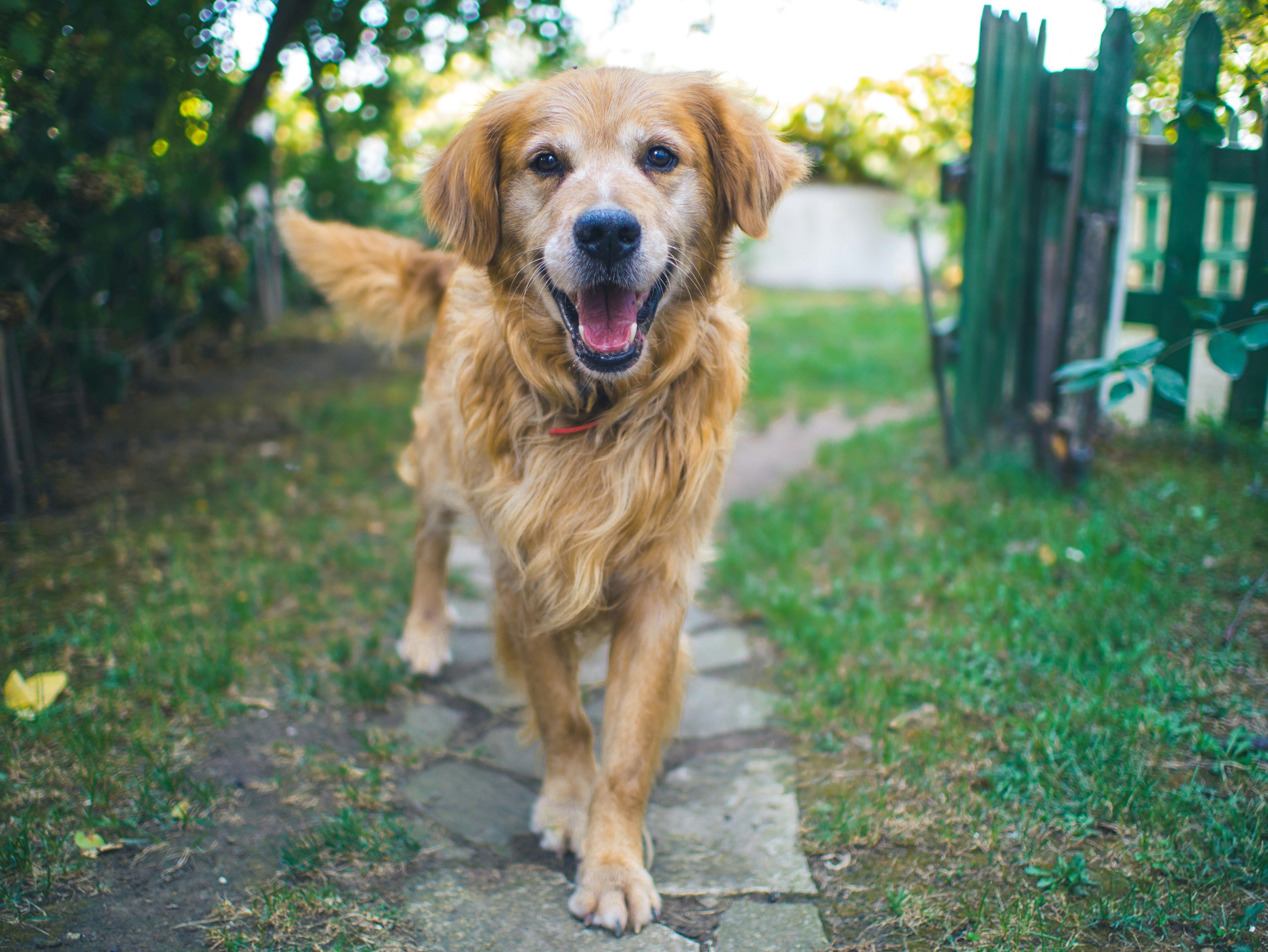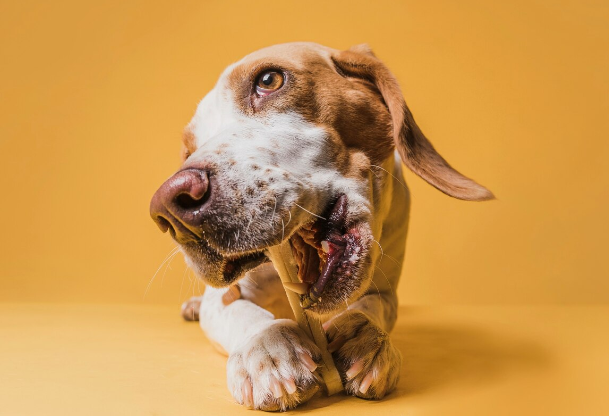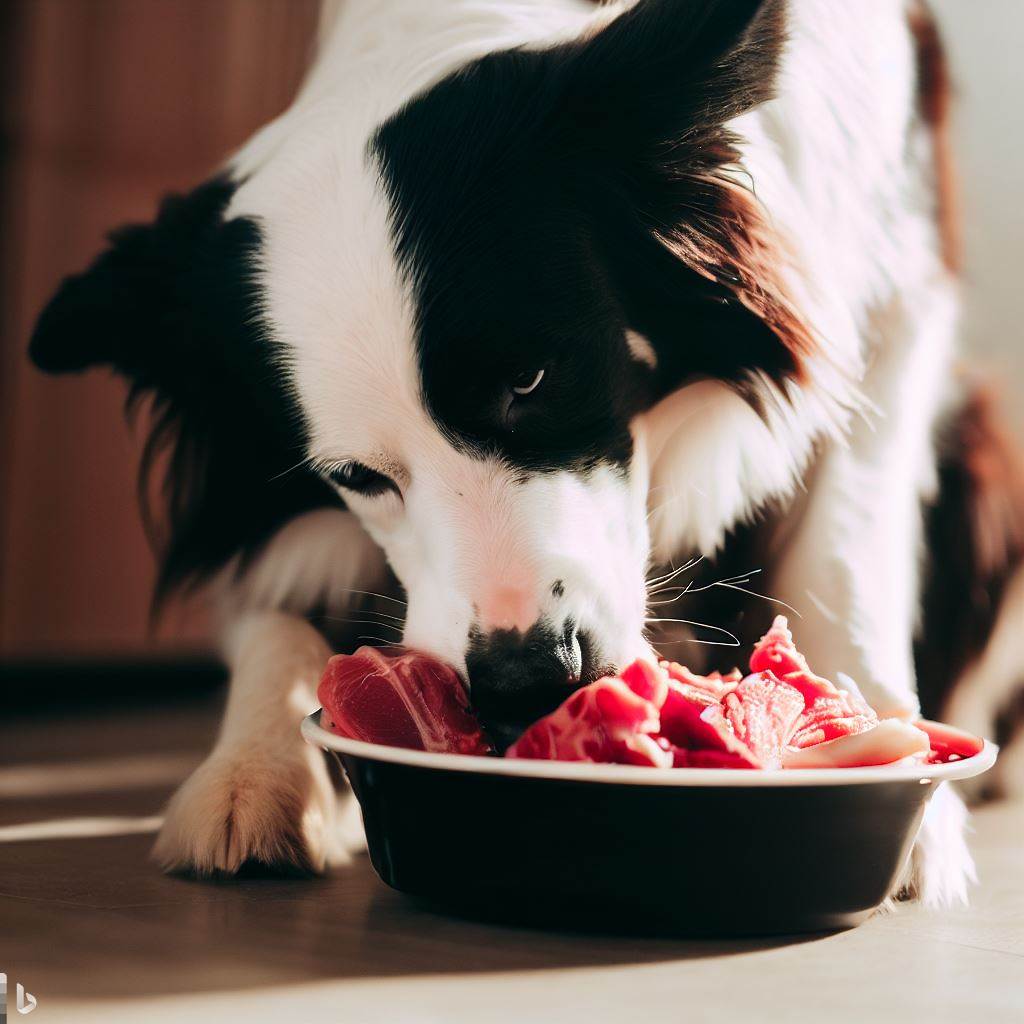- What is Uber Pet?
- How to Book an Uber Pet Ride
- What Types of Pets Are Allowed On Uber Pet?
- How Many Pets Are Allowed?
- Extra Costs
- Tips For a Smooth Experience on Uber Pet
- Uber’s Service Animal Policy
- Do You Have To Choose Uber Pet to Bring a Service/Assistance Animal?
- How Can Uber Drivers Recognize Service/Assistance Dogs?
- Consequences of Refusing a Rider with a Service/Assistance Dog
- Benefits of Uber Pet
- What to Consider Before Booking Your Uber Pet Ride?
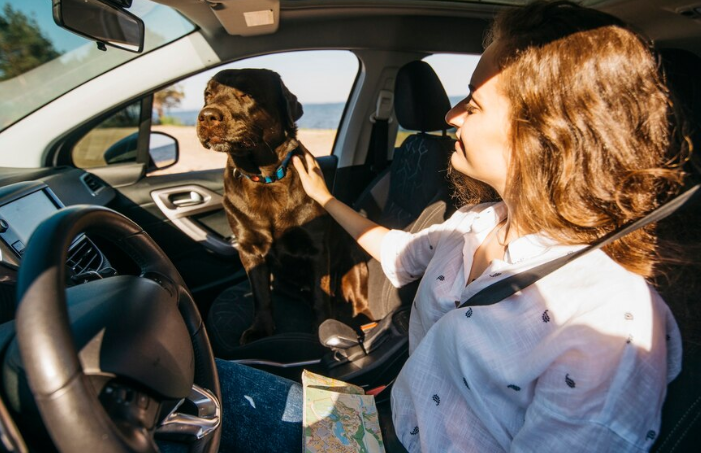
A quick look at the past reveals the incredible technological progress we've made over the years! Many things we now consider essential to daily life didn’t even exist just a few decades ago. Progress has transformed every aspect of our lives, including transportation.
Alongside public transportation and personal cars, Uber has become a popular choice. It has revolutionized travel, making transportation more accessible and convenient.
However, for pet owners, finding a ride that welcomes their paw friends hasn’t always been easy, until Uber Pet came in! This is a feature designed specifically for passengers traveling with their pets.
Today, we’ll explore Uber Pet, how it works, and what you should consider before booking your next ride.
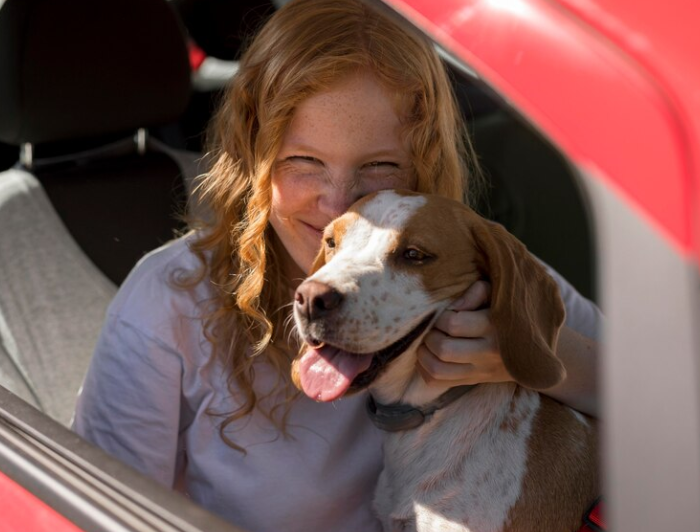
What is Uber Pet?
Uber Pet is a specialized ride option that lets riders bring their pets along. Unlike standard Uber rides, where accepting pets is up to the driver, Uber Pet ensures that drivers agree to transport both the passenger and their pet.
Currently available in select cities, this service offers an alternative to public transportation or searching for pet-friendly taxis.
How to Book an Uber Pet Ride
Booking an Uber Pet ride is simple, requiring just several steps:
Create an account
If you don’t have an Uber account, sign up using your email or phone number.
Log in
After creating an account, log in. You may need to enter a verification code sent to your email or phone (check your spam folder if you don’t see it).
Enter your trip details
Put in your pickup and drop-off locations.
Select the rider
Choose whether the ride is for yourself or someone else.
Choose your ride type
If available, select Uber Pet from the ride options.
Add a payment method
Payment options vary by location, but common choices include:
- Credit & debit cards
- Apple Pay & Google Pay
- PayPal (in some regions)
- Uber Cash / gift cards
- Venmo (US only)
- Cash (available in select areas)
Request your ride
Tap the “Request Uber” button to confirm your ride.
You can sign up and request a ride from your browser or from the Uber app. To download the app, you need to go to the App Store or Google Play based on your phone’s operating system (iOS or Android).
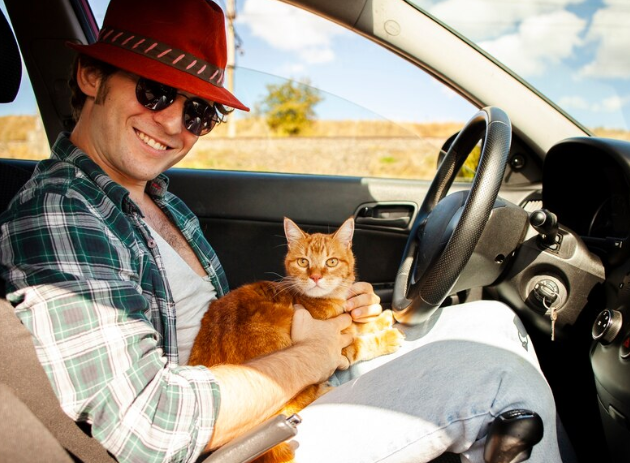
What Types of Pets Are Allowed On Uber Pet?
Uber Pet is designed for dogs and cats, but other small domesticated animals may also be allowed at the driver’s discretion.
How Many Pets Are Allowed?
Riders are allowed to bring one pet on an Uber Pet trip.
Extra Costs
Uber Pet rides are a bit more expensive than standard options due to the inclusion of a pet.
Additionally, if a pet sheds excessively, has an accident, or causes damage to the vehicle, a cleaning fee may apply.
To avoid additional charges, riders are advised to consider the following tips.
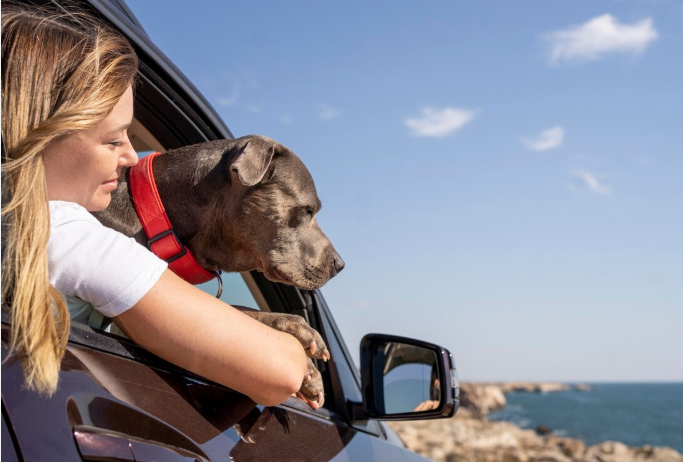
Tips For a Smooth Experience on Uber Pet
Riders are advised to have their pets restrained through a leash or harness. Alternatively, the pet may be placed in a carrier.
It’s recommended that riders put a towel or blanket on the seat to reduce the risk of damage.
Riders may want to ask the driver about their preferred spot in the vehicle for the pet to travel.
Pets should be well-mannered and not left unsupervised during the trip.
Uber’s Service Animal Policy
State and federal laws require Uber drivers to accommodate riders with service animals, prohibiting any refusal of service based on their presence.
Discriminating against riders with service/assistance animals is strictly prohibited, and drivers who violate this rule may lose access to the Driver app.
For more details, review Uber’s Community Guidelines and Service Animal Policy.
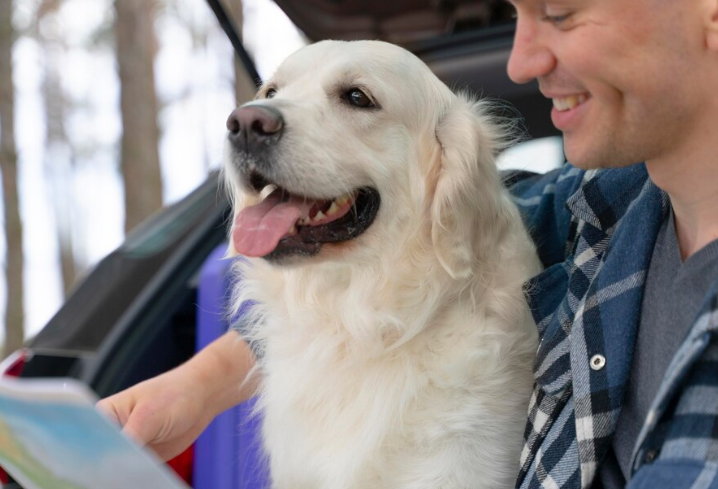
Do You Have To Choose Uber Pet to Bring a Service/Assistance Animal?
No. Service/assistance dogs are considered medical equipment and not pets. Therefore, you are not obliged to choose the Uber Pet option for your ride.
How Can Uber Drivers Recognize Service/Assistance Dogs?
Service/assistance animals are dogs that have been individually trained to perform specific tasks for individuals with disabilities. It’s important to note that the term ‘disability’ doesn’t cover only visible physical conditions.
A disability can refer to a wide range of health conditions, including but not limited to diabetes, seizures, hearing impairments, autism, anxiety, PTSD/C-PTSD, depression, panic attacks, etc.
It is also worth noting that service/assistance dogs can be of all breeds and sizes. Laws in many countries, including the US and UK, do not require them to wear identification or training gear.
That said, it may not always be obvious that a dog is a service/assistance animal. If a driver is unsure about the dog’s status, they may respectfully ask the rider. If the rider confirms that their dog is a service/assistance animal, they may be asked to provide proof of training or confirmation that the dog meets hygiene and behavior standards appropriate for public spaces.
Consequences of Refusing a Rider with a Service/Assistance Dog
Drivers are required to accept riders with assistance animals. If Uber receives a credible complaint that a driver refused a trip because of the presence of a service/assistance dog, they will review the case.
Depending on the outcome, the driver may lose access to the Driver app permanently.
Beyond being deactivated from the platform, drivers may also face legal fines for refusing a service animal. These penalties vary by location, reaching up to $8,000 in Australia, $1,650 in New South Wales, and $3,000 in New Zealand.
Benefits of Uber Pet
Convenient Option for Pet Owners
Uber Pet makes traveling with pets easier, especially for those who don’t own a vehicle.
Whether you need to bring your beloved paw friend for a vet check-up; would like to take them on a walk to the local park; plan a stay for them in a pet-friendly hotel, or plan a casual outing with them, Uber Pet can be a convenient option! You won’t need to worry about pet restrictions on public transportation or shared rides where animals are not allowed.
Driver Transparency
With Uber Pet, drivers already know they’ll be transporting an animal. This helps prevent potential altercations with drivers who don’t wish to transport pets and may cancel your ride because of them. This ensures a smoother experience for both riders and drivers.
Comfort and Safety
Public transportation can be overwhelming for pets due to the presence of triggers such as loud noises, unfamiliar people, odors, etc. Uber Pet offers a quieter, and more controlled setting, which is helpful to pets with little to no experience in crowded areas. It reduces stress and creates a more comfortable ride for the pet.
Additionally, since pets travel in a private vehicle, there’s no need to worry about navigating tight spaces or following public transport rules regarding animals.
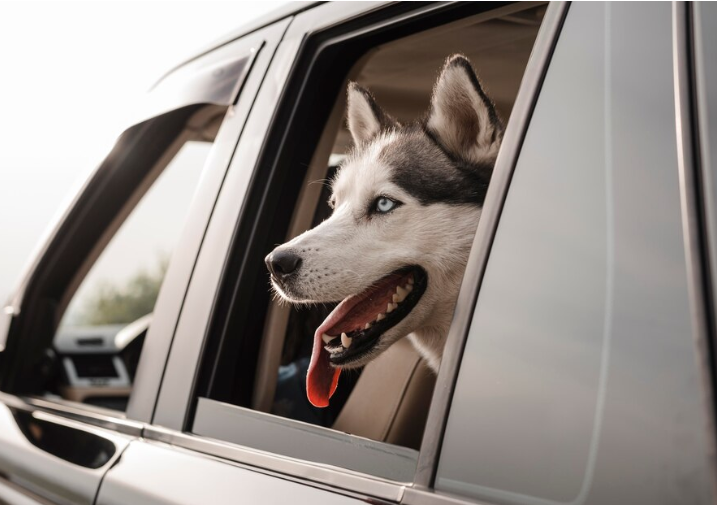
What to Consider Before Booking Your Uber Pet Ride?
Before booking, you should consider a few factors to ensure a smooth and stress-free ride for you and your pet.
Pet Behavior
Before booking an Uber Pet ride, you should make sure your pet is comfortable with car travel. Some animals experience anxiety or motion sickness, so taking your furry friend on short trips can help them adjust.
You may also consider bringing their favorite blanket or toy for comfort and a calming effect during the ride.
Cleanliness
To ensure a positive experience for everyone involved, you should keep your pet clean and well-groomed before the trip. Be mindful of shedding or muddy paws to prevent any mess. Keep in mind that a cleaning fee may apply if your pet soils the vehicle or causes damage.
Availability
It’s important to remember that Uber Pet isn’t available everywhere. It is recommended that you check in advance to see if the service is available in your area.
If it’s not an option in your city, you may need to explore alternative pet-friendly transportation options.








